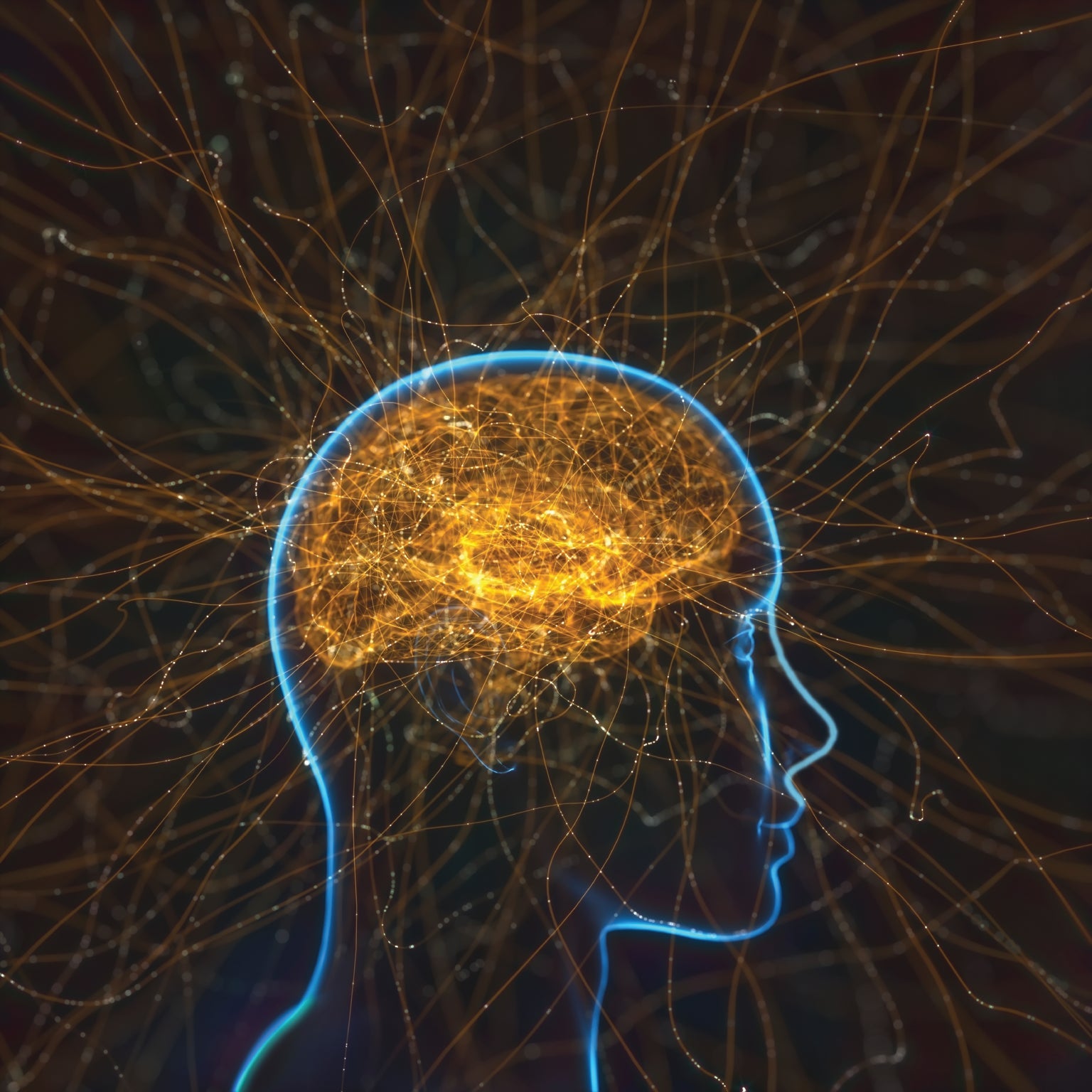Scientists Spot Addiction-Associated Circuit in Rats

For many people battling addictions, seeing drug paraphernalia—or even places associated with past use—can ignite cravings that make relapse more likely. Associating environmental cues with pleasurable experiences is a basic form of learning, but some researchers think such associations can “hijack” behavior, contributing to problems such as addiction and eating disorders.
Researchers led by neuroscientist Shelly Flagel of the University of Michigan have found a brain circuit that may control this hijacking; rats that exhibit a type of compulsive behavior show different brain connectivity and activity than those that do not, and manipulation of the circuit altered their behavior. These findings may help researchers understand why some individuals are more susceptible to impulse-control disorders. “This is technically a really excellent study,” says neuroscientist Jeff Dalley of the University of Cambridge, who was not involved in the work.
In the study, published last September in eLife, researchers showed rats an inert lever shortly before delivering a tasty treat via a chute, then sorted them into groups based on their responses. All rats learned to associate the lever with the treat, but some—dubbed “goal trackers”—began to approach the food chute directly after seeing the lever, whereas inherent “sign trackers” kept compulsively returning to the lever itself.
The team suspected that two brain regions were involved: the paraventricular nucleus of the thalamus (PVT), which drives behavior, and the prelimbic cortex, which is involved in reward learning. The researchers used a technique called chemogenetics to alter neurons in the circuit connecting these regions, which let them turn on or inhibit signals from the prelimbic cortex using drugs. Activating the circuit reduced sign trackers‘ tendency to approach the lever but did not affect goal trackers. Deactivating it drew goal trackers to the lever (sign-tracking behavior), without affecting preexisting sign trackers. The team also found increased dopamine, a chemical messenger involved in reward processing, in the newly sign-tracking brains.
The prelimbic cortex appears to exert top-down control, whereas the PVT processes the motivational signal triggered by the cue. “Individuals seem to be wired differently regarding this balance between top-down cortical control versus bottom-up subcortical processes that are more emotional,” Flagel says. Those “who are highly reactive to cues in the environment may suffer from deficits in top-down control.” She suggests that cognitive-training therapies might combat such deficits in humans.
The circuit itself could also represent a new treatment target, but the exact human anatomy is unclear, Dalley notes—and addiction is more complex than a single mechanism.
Next, the researchers will try to examine these traits in people. “Once we’ve established the sign- and goal-tracker paradigm in humans, we can test whether these traits are predictive of psychopathology,” Flagel says. “We hope this will help identify individuals who are more susceptible to certain mental illnesses or facets such as relapse.”
If you want to read more science articles, you can visit our science category.
if you want to watch movies go to Film.BuradaBiliyorum.Com for Tv Shows Dizi.BuradaBiliyorum.Com, for forums sites go to Forum.BuradaBiliyorum.Com .




